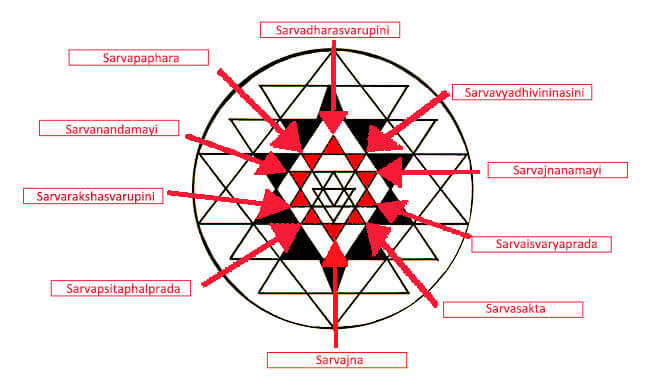To Interpret The Meaning Of I=root Of 1 Geometrically And
This text snippet discusses the interpretation of the meaning of the imaginary number i = √-1 and its integral powers through a geometric representation. The number i is represented on the y-axis as a point one unit above the origin, with an argument of 90° or π/2 radians. This activity requires prior knowledge of complex numbers and their representation on an argand plane. All the roots of i, like all roots of 1, are the vertices of a regular polygon.
The imaginary unit, denoted by "i", is a mathematical construct that represents the square root of -1. Geometrically, understanding the meaning of the imaginary unit and its integral powers involves visualizing complex numbers on the complex plane, also known as the Argand diagram.
In the complex plane, the real part of a complex number is plotted on the horizontal x-axis, while the imaginary part is plotted on the vertical y-axis. The complex number a + bi is then represented by the point (a, b) on the complex plane.
Now, let's explore the geometric representation of the imaginary unit i. On the complex plane, the number i is located one unit above the origin on the y-axis. It can be visualized as the point (0, 1). This point has an argument of 90 degrees (or π/2 radians) with respect to the positive direction of the x-axis.
When visualizing the integral powers of i on the complex plane, they form a pattern related to the concept of periodicity. Let's consider the integral powers of i:
i^1 = i i^2 = -1 i^3 = -i i^4 = 1 i^5 = i and so on...
This pattern repeats every four powers. Geometrically, the integral powers of i can be represented as points on the complex plane. Starting from i (0, 1), the powers of i trace a pattern that forms the vertices of a square in the complex plane.
As the powers of i increase, these points trace a regular polygon with four sides, or a square, indicating the periodic nature of the powers of i.
In summary, the geometric interpretation of the imaginary unit i and its integral powers involves visualizing complex numbers on the complex plane. The integral powers of i form a periodic pattern of vertices that trace a regular polygon on the complex plane, providing a geometric insight into the properties of imaginary numbers.
Sources


Related Questions
Work fast from anywhere
Stay up to date and move work forward with BrutusAI on macOS/iOS/web & android. Download the app today.
